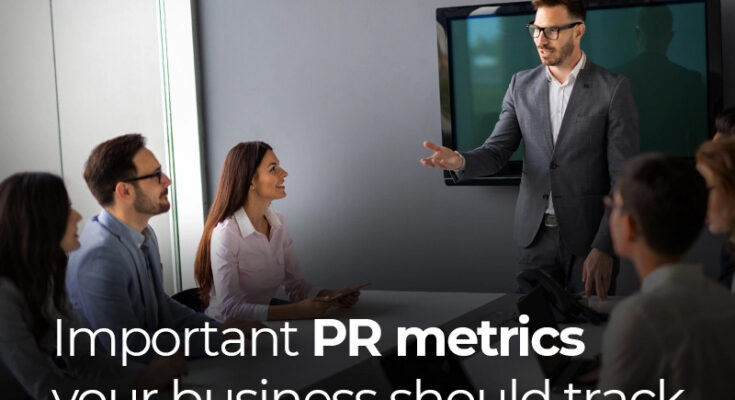Blog about “PR Professionals”
The Public Relations Industry is today a $11 Billion industry growing at a rapid growth. For marketers, grabbing the eyeballs of the targeted audience is getting tougher and harder to understand. A recent survey showed 66 per cent of PR professionals mentioning, “lack of standards” as the biggest problem with PR measurement and a whopping 82 percent commented that they have no way to evaluate the return they receive on PR.
With the right usage of PR metrics, one can:
- Understand campaign results better
- Understand the impact of efforts visible across all platforms
- Compare how effective the campaign was
- And determine the way forward
TRADITIONALLY, SOME PR METRICS ACTIVELY FOLLOWED ARE:
PRESS CLIPPINGS
Press clippings mentioning the brand and appearing in various publications ensures the program is successful and raises an awareness for your business.
MEDIA IMPRESSIONS
Media Impressions in the traditional format is X clipping multiplied by total circulation of that paper/magazine. So, if for example, a mainline publication has published your client’s article, multiply by the total circulation and you get the number of media impressions.
CONTENT ANALYSIS
What content and how much is published and where also makes an impact. A two-line sentence in the front page of a leading publication is huge compared to a four-column article in the 58th page tucked inside a supplement. Quality matters after all.
Though these are still prevalent, with the advent of digital and social media playing an effective role in public relations, 5 major digital PR metrics can also be considered.
WEBSITE
Visitors who visit your website are the best to measure how good your business is. The more who visit, the better you rank.
Generally, they are placed in three groups:
A: Owned content – Written by yourself
B: Earned content: Where you are quoted, or someone writes about you etc.,
C: Social content: posts from your social media networks
SEO
Identify the top 10 keywords, ensure you are visible and preferably in Google’s first page and keep tweaking your words/strategy to be on top of the game. It is a pretty exhaustive exercise that keeps you on your toes every day if not every minute.
BACKLINKS
Backlinks helps a brand’s reputation by directing traffic from other sites to your site. It is imperative to keep track of the specific back-links to your site, the quality of each and their origin. This will help you determine what links boost your authority and impact your brand image.
EMAIL LIST
Email List that everyone today ignores but still has so much value to offer. It is the backbone of your business and can bring in a steady number of clients, slowly and steadily. Today, landing pages, email sign up forms and call to action buttons help to understand where you are going and what you can get in return.
ENGAGEMENT
No business can be without social media and constant engagement on Facebook, Twitter, Instagram and a host of other platforms ensure brand awareness and credibility for your brand.
Social media also helps in talking to new audiences that you could not reach out to earlier. Understanding likes, comments, views, and shares helps understand which content is a hit or a miss, basis which, action can be taken to target your niche audience.
Finally, set your goals and be clear about how to go about achieving it. With your goals being rolled out, you can use the right measurement tool and understand where you are heading.




